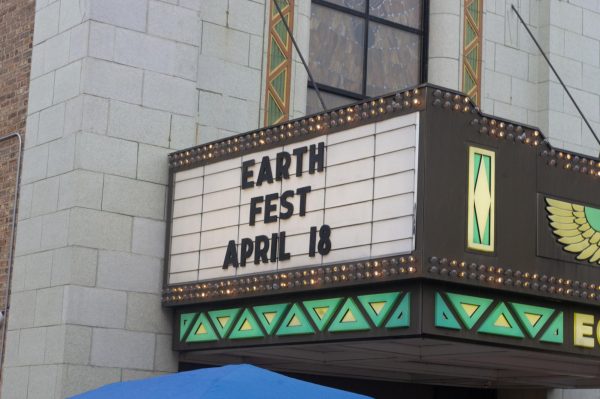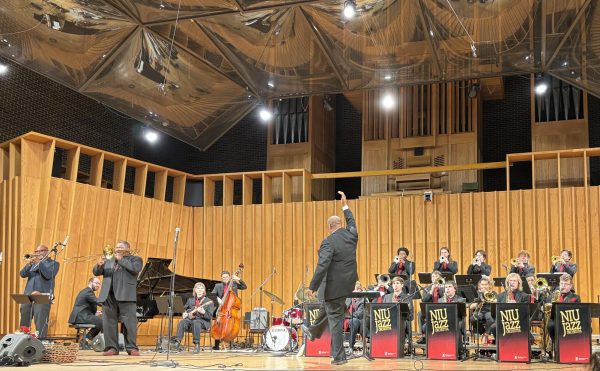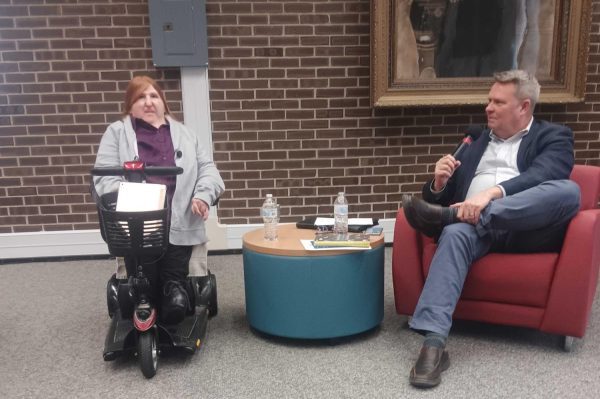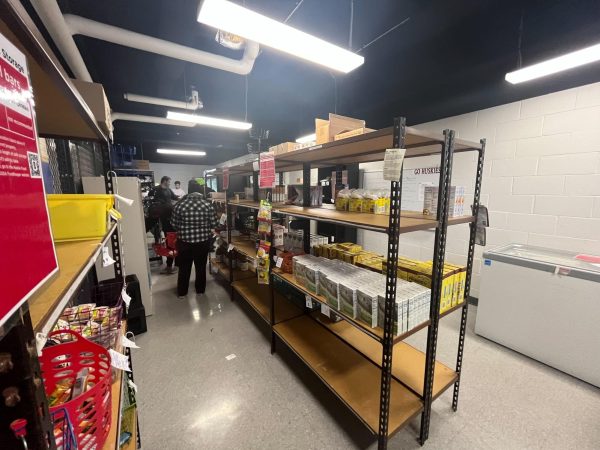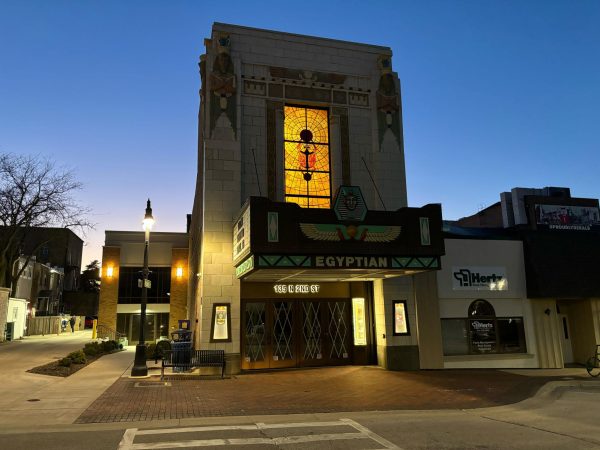Comics Branch Out, Defy Stereotype
May 5, 2005
Comics aren’t literature the way novels are, nor are they collections of drawings the way an art portfolio is. Comics are not even a simple combination of the two in the way a children’s book is laid out. Comics are their own beast because they have their own rules and their own audience. Part of being in this audience is dealing with the conflict between large comic companies and independent comics.
The most recent crossover project, “Infinite Crisis,” which is built off another crossover, “Identity Crisis,” spans the entirety of the DC Comic universe. In a sense, it is a tribute to one of the first crossovers, “Crisis on Infinite Earths,” from 1985.
“‘Crisis’ is a word that has a long and very proud heritage here at DC Comics,” said Dan Didio, executive editor of DC Comics. “Back in the ‘60s when they first introduced the concept of multiple earths, that was our initial crisis, when Earth 1 met Earth 2. Any time we put that stamp on it, it is usually a stamp of excellence.”
Rick Berg, regional manager of Graham Cracker Comics, 901C Lucinda Ave., said, “As a retailer I like [crossovers] a lot. The fact that I know, even though they’ll complain about it, the vast majority of my customers [will] end up buying as much, if not all of the parts. As a reader, I tend to agree with my customers in that I don’t want to buy ‘Rutabagaman #43’ just to have two pages of [the crossover].”
The broad expanse of the comic book universe is always a problem for readers and, at times, even the writers. In fact, many readers believe giant crossovers are just an excuse to tie up loose ends.
“The original ‘Crisis on Infinite Earths’ was really a house cleaning,” Didio said.
He contends that “Infinite Crisis” is different in this regard. “They couldn’t be further from the truth,” Didio said, as he continued to talk about the responses they have received from the death of the Blue Beetle at the beginning of the series. He stated that fans were upset by the decision to kill the Blue Beetle, and sometimes characters have to die to tell a good story.
One of the benefits of crossovers for the comic book industry is the possibility of converting the mini-series into trade paperback, also known as trades, or graphic novels. Graphic novels have become popular recently mainly because of the explosion of comic-based films.
Berg claimed trade sales were on the rise.
“I recommend trades all the time just because [if] I don’t have [issues] one, two, or four, [but] I only have three, five, and six of a story line, here is a trade of one through six if you want to try this out. But I prefer that when they go for [issue] seven they go for the comics.”
Elizabeth Esterly, a senior illustration major, has a view on single issues.
“If I had more time, I would buy the issues one by one, most definitely,” she said. “It becomes very inconvenient for me and also a money problem. If I am following three or four series, that can get really expensive.”
Berg said the trade paperback of the “Sin City” series by Frank Miller is an excellent example of why trades can be helpful to the industry. Because of the popularity of the film, it has been difficult to keep the trades in stock.
“[I recommend those] as trades because the single issues are really hard to find,” Berg said.
Much like the music industry, the independent companies are gaining popularity.
“But where are the good stories, now? In indie comics,” Esterly said.
For many readers, Esterly is right. The larger corporate edifices have lost touch with the art and just go with what sells.
“I feel that the big publishers, most mainstream studios, just cater to the lowest common denominator,” said Esterly. “The crossovers just look like a big cash cow to me.”
The comic book crossovers sell very well, according to Berg, and trades have increased in sale as well. Both the movie and comic industry have benefitted from the popularization of comic book films. Even with the renewal of interest in comics, the basic stereotypes still remain.
Comics, now more than ever, are not simply about men with superior strength and speed. There has been a change in the style in which comic stories are told. In the ‘40s Superman was a rather flat character, always relying on his superpowers to save the day. The introduction of Batman was an excellent transition of story telling.
“[Batman] has a troubled history and becomes really resourceful and conniving and wily,” Esterly said. “He does all this cool stuff and has a great car and James Bond gadgets, but really it comes down to his human struggle.”
These human struggles and offbeat stories about people without super powers are harder to find in the comics of larger corporations, but are almost all the smaller companies produce. Companies like Burlyman Entertainment or Top Cow create comics with brand new characters like “Shaolin Cowboy” or Cathy from “Hunter-Killer.” This is not the case with many larger companies who rely on old names to sell comics.





